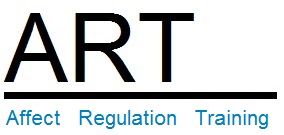A minimum of 18 hours of classroom instruction is needed to sufficiently address the ART material. ART can be delivered using a variety of training schedule formats. Regardless of the schedule format, sufficient time must be allotted between training sessions for participants to practice and integrate the skills they have learned during the previous training session. Examples of schedule formats include delivering the modules over the course of 3 days (each consisting of 6 training hours), with 2-week intervals between each training day.
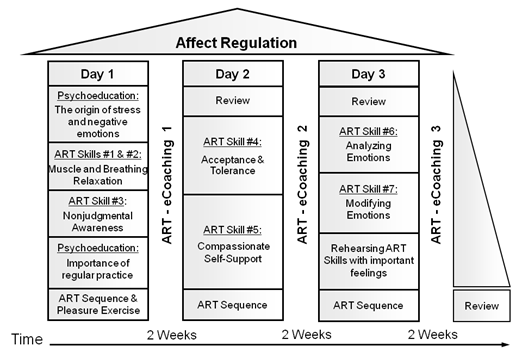
Seven affect regulation skills (ART Skills) are taught during the training program. These individual skills are linked together to form the ART Sequence, which is a highly structured, self-management strategy that can be used to regulate affective states. The ART Skills and the ART Sequence must be practiced to serve as regulation tools. The participants are given several practice methods including a participant manual, written exercises, audio exercises, as well as short exercises that can be delivered to the participants via text message or email or incorporated into a paper training calendar.
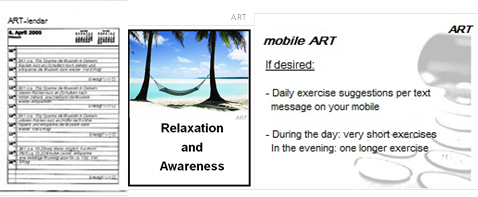
At the beginning of the training, the participants complete testing, which provides an assessment of their emotion regulation skills.
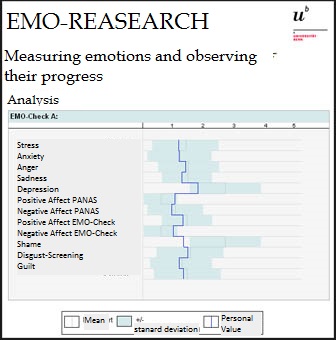
During the training, the participants receive a wealth of information about the origins of stress and negative emotions and how they are maintained. Participants are taught how to use this information to effectively manage their stress and negative emotions in helpful ways using both didactic and experiential methods.
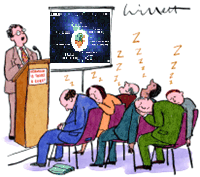
ART incorporates seven skills that have shown to be very effective to adjust negative emotions. First you aquire these seven basic skills step by step. After sufficient exercice the skills are brought together to create one sequence - the so called "ART Sequence". The ART Sequence can always be used to positively cope with stress and challenging emotions. To successfully apply the ART Sequence, continuous and intense excerice is needed.
